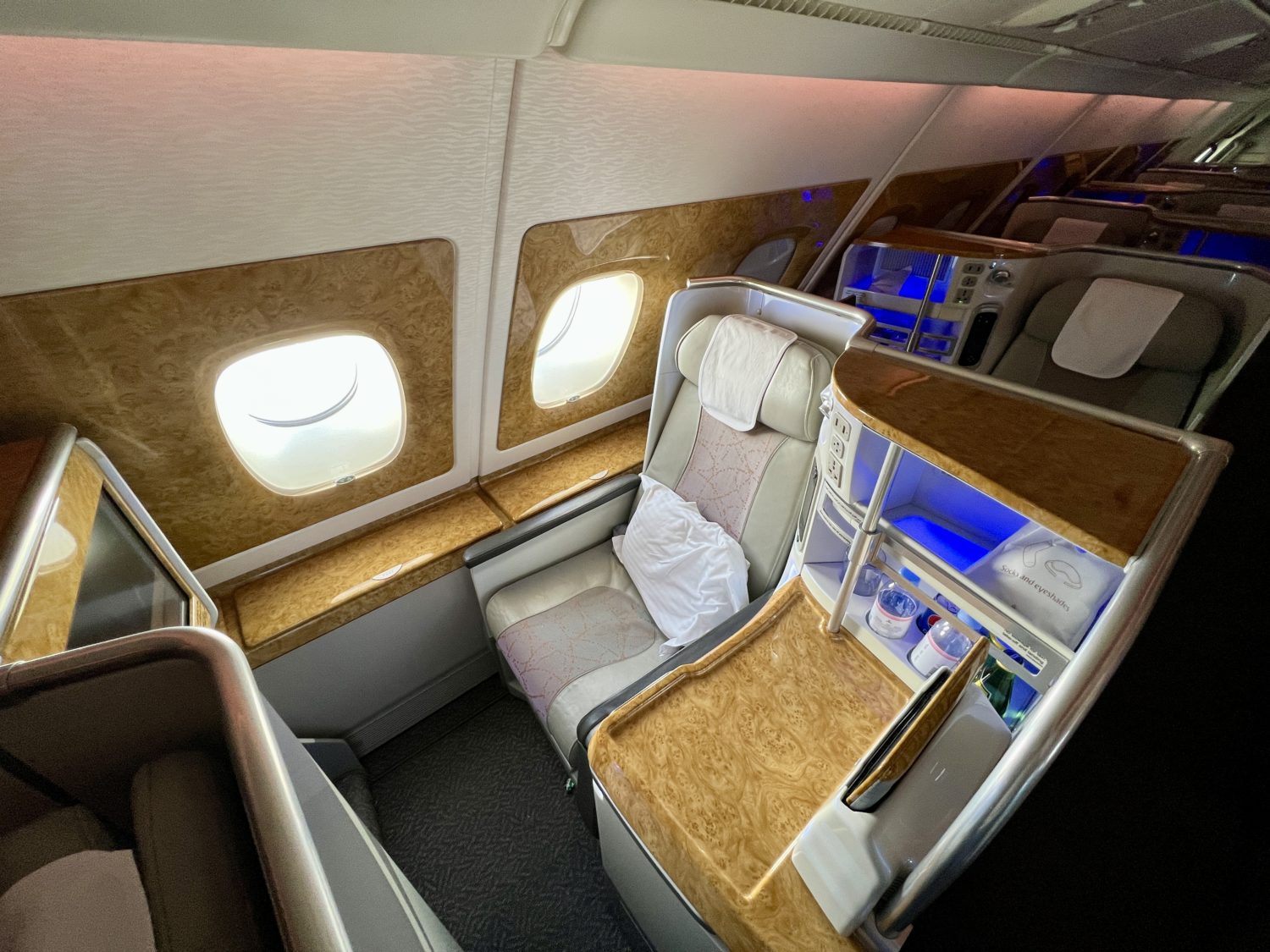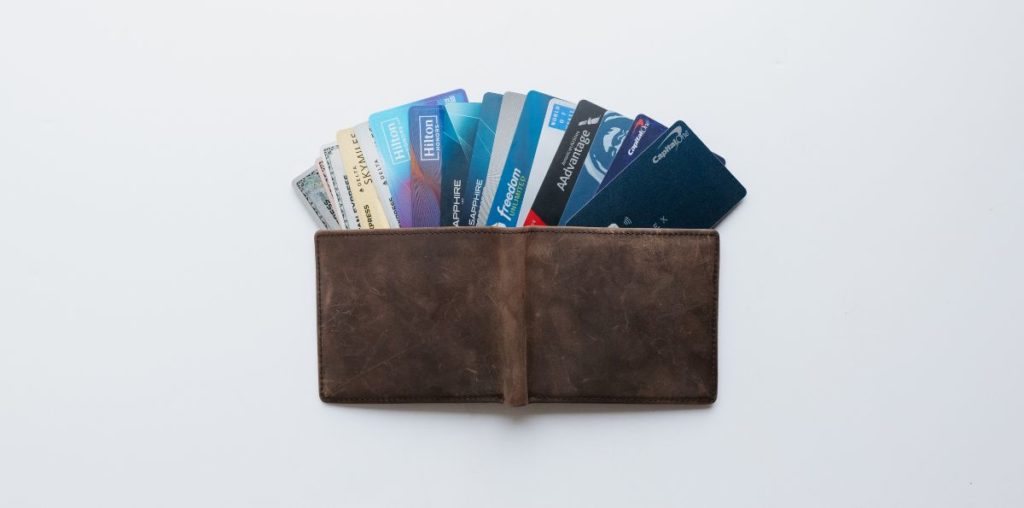Just Starting with Points and Miles? Start with Chase Credit Cards
8 min readThere’s a good reason we tell readers getting started with points and miles to consider opening travel rewards cards like the *chase sapphire preferred*. Actually, there are two of them.
First, cards that earn Chase Ultimate Rewards points are the best way to get a handle on points and miles – and with the big welcome bonus available on the Chase Sapphire Preferred Card for a limited time, you can earn a lot of them. Right now, you’ll earn 75,000 Ultimate Rewards points after spending $4,000 in the first three months of card membership. That’s up from the standard offer of 60,000 points for the same spending requirement and one of the best offers we’ve seen on the card in over a year.
With a Chase card, you get great value in the most straightforward way to use points: putting them directly toward the cost of a flight or hotel when booking through Chase Travel℠. It’s also an opportunity to learn about the power of Chase transfer partners, sending your points straight to airline or hotel programs to redeem them for even more value.
But there’s another reason, and it might be even more important: The growing restrictions on getting approved for Chase credit cards mean you could miss the boat on Chase entirely if you don’t start with Chase credit cards. And for small business owners (or travelers with a side hustle), that includes Chase business cards, too.
To be clear, credit cards are serious business. You shouldn’t open a single credit card – let alone several – and rack up spending that you can’t afford to pay off just for the sake of earning points. But if you can do so responsibly, starting with Chase credit cards is wise.
Here’s why.
Mastering Points & Miles with Chase
There are two basic types of currencies in the frequent flyer world.
There are airline miles you earn with Delta, United, and other airlines. Then, there are credit card points you can use to buy down the cash price of airfare or transfer to other airlines. And there are big differences between credit card points and airline miles.
With Chase Ultimate Rewards, you get the best of both worlds. You get the simplicity of Chase Travel℠, where you can use your earned points to book airfare directly. It’s the easiest way to use points, our favorite way to book cheap flight deals, and it also allows you to keep earning miles with the airline you fly on.
However, Chase also has more than a dozen airline and hotel chain partners to which you can transfer your Ultimate points. Check out the full list:
| Program | Type | Transfer Ratio | Transfer Time |
|---|---|---|---|
| Aer Lingus | Airline | 1:1 | Instant |
| Air Canada Aeroplan | Airline | 1:1 | Instant |
| Air France/KLM | Airline | 1:1 | Instant |
| British Airways | Airline | 1:1 | Instant |
| Emirates | Airline | 1:1 | Instant |
| Iberia Plus | Airline | 1:1 | Instant |
| JetBlue | Airline | 1:1 | Instant |
| Singapore Air | Airline | 1:1 | 12-24 hours |
| Southwest Airlines | Airline | 1:1 | Instant |
| United Airlines | Airline | 1:1 | Instant |
| Virgin Atlantic | Airline | 1:1 | Instant |
| World of Hyatt | Hotel | 1:1 | Instant |
| IHG | Hotel | 1:1 | 1 day |
| Marriott Rewards | Hotel | 1:1 | 2 days |
Read our guide on how to transfer Chase points!
Some of these partners are stronger than others. But as you learn more about miles and credit cards, you’ll see that transferring points is the key to getting more value out of your points. It’s how you can book luxurious business and first-class seats you’d never pay for in cash – or even be able to afford.


Chase isn’t alone in that regard. American Express, Capital One, Citi, Bilt, and even Wells Fargo allow cardholders to book directly with airlines or transfer points to travel partners.
All these popular banks also allow you to book flights and other travel directly through a travel portal using points. But on the whole, Chase is among the best.
While other banks give their users just 1 cent per point for travel when booking directly, Chase ups the ante. Cardholders with the Chase Sapphire Preferred get 1.25 cents per point. The *chase sapphire reserve* is even better, getting you 1.5 cents per point.


Take the above flight. With most other credit card points, this $116.80 Delta nonstop flight will cost you 11,680 points to book. With a Chase card, you’ll spend fewer points to book the exact same flight.
That combination of value and versatility is why we’ve named the Chase Sapphire Preferred the best starter travel rewards card. It’s also why the Chase Sapphire Reserve is widely considered one of the best travel rewards credit cards, period.
And it’s what makes Chase credit cards the perfect place to start with points and miles. However, another important factor could make it imperative to start with Chase.
Open Chase Cards Before It’s Too Late
Chase is one of the stingiest banks when it comes to approving applications for credit cards. Some advanced planning can help you beat the sting.
If you’ve read a word about Chase credit cards, you may have come across the notorious Chase 5/24 rule. It means that once you’ve opened five or more credit cards (from any bank, not just Chase) in the previous 24-month period, you will not be approved for a Chase card.
[embedded content][embedded content]
Historically, not every Chase card has fallen under this rule. The big guns, like the Chase Sapphire Preferred, Chase Sapphire Reserve, Chase Freedom Unlimited, and Chase Freedom Flex all did, as did some other big co-branded airline cards, like the United MileagePlus Explorer card. Others escaped Chase’s ire.
Today, nearly all Chase cards are impacted by the 5/24 rule.
Read more: Master Guide to Credit Card Applications: All the Rules You Need to Know, Bank by Bank


So what does that mean for a beginner who can’t fathom opening five cards in two years? Even if that thought makes your head spin, you should still plan ahead and prioritize Chase. Before you know it, it could be too late to get approved for a Chase card.
Consider which Chase cards you want – or may want – before moving on to other banks like American Express or Citi, which aren’t nearly as restrictive when approving applications. You should be able to open those cards almost anytime, but your window to open Chase credit cards can close quickly.
Start with the *chase sapphire preferred*: bonus_miles_full
Learn more about the *csp*.
Want points and premium travel perks like lounge access – including to the excellent new Chase Sapphire Lounges – a $300 annual travel credit, and Global Entry or TSA PreCheck? The *chase sapphire reserve* is always worth a look.
Just remember, you can’t have both the Chase Sapphire Preferred and Reserve, so you’ll need to choose one or the other.
Learn more about the *chase sapphire reserve*.
Add to Your Stash with Other Chase Cards
The Chase Sapphire Cards are critical building blocks to earn Chase points. But after that, plenty of other cards are worth considering while you can still open them.
It’s tough to top the *freedom unlimited* right now, which currently earns a base 5% cash back on travel purchased through Chase Ultimate Rewards, 3% cash back on drugstore purchases and dining at restaurants, including takeout and eligible delivery service, and 1.5% on all other purchases.
This deal is made even sweeter with the recent offer thanks to an unprecedented bonus: bonus_miles_full
Learn more about the *freedom unlimited*.
This card makes a perfect pair with a Chase Sapphire Card. So long as you’ve got another card that earns Ultimate Rewards points, you can turn the cash back you earn from a Freedom card into more. And since you’re earning at least 1.5% on every purchase with Freedom Unlimited, you can maximize even more of your everyday spending in your wallet rather than constantly swiping a Sapphire Card.
Small business owners who are eligible for business credit cards – and trust us, that could include you! – would be wise to consider the *Ink Cash* or the *Ink Unlimited* right now, too. With the current offers, you can earn $750 cash back (or 75,000 Chase Ultimate Rewards points) with both cards. But exactly how the bonus works will depend on which version of the card you choose.
- With the *chase ink cash*, it’s broken up into two tiers. You can earn $350 (or 35,000 points) after spending $3,000 on purchases in the first three months and an additional $400 (or 40,000 points) after spending $6,000 on purchases in the first six months after account opening.
- With the *chase ink unlimited* you can earn $750 (or 75,000 points) after you spend $6,000 on purchases in the first three months from account opening.
So long as you qualify for a business credit card, and can responsibly meet either card’s $6,000 spending requirement, you won’t find a better or cheaper way to earn a big bonus.
Learn more about the *chase ink cash*.
Learn more about the *chase ink unlimited*.
Even with business cards, it pays to consider them before it’s too late. That same Chase 5/24 rule applies … kind of.
For starters, you will need to be under the 5/24 limit to get approved for a Chase Ink Business card … but that approval won’t add to your 5/24 count. So, if you’ve opened three or four credit cards in the last two years, it might be the perfect time to apply for one of these cards. That way, it won’t hinder applications for other future Chase cards.
Business cards don’t do it for you? There are other options worth considering.
Consider the United MileagePlus Explorer card if you live in a United hub. Want to rack up some Hyatt Rewards points? You may want to open a World of Hyatt Credit Card, another valuable Chase option.
That may seem like a lot, and you certainly don’t need to open them all. But you do need to plan ahead for the credit cards you may want, putting Chase at the front of the line.
Bottom Line
Chase Ultimate Rewards are considered some of the most valuable credit card points out there for a reason, but it’s also the perfect place to get started with points and miles. It’s the perfect system to learn the ropes.
And prioritizing Chase is more important than ever if you want to accelerate your travels. Wait too long, and it could be too late.



